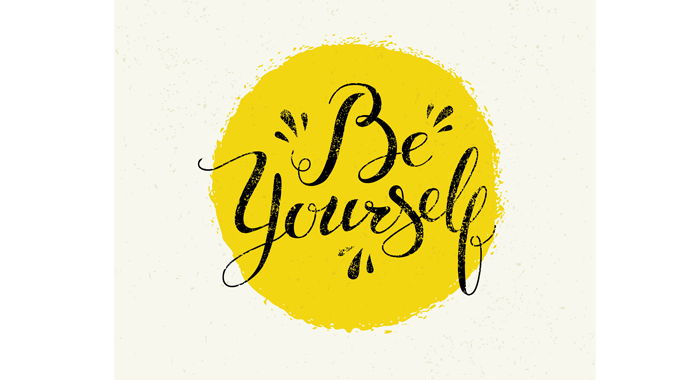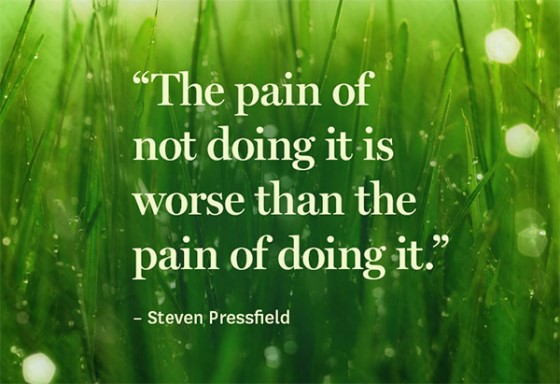
Writing From the Heart
I stood in front of the class and breathed. Would this work or would I fail? Could I take an exercise from a writing workshop and teach it to high school students?
These past few weeks have been a whirlwind. I’ve taught and subbed for years but have never taught eleventh grade. My husband explained a phrase used in business, fail fast. Take risks, if you fail at least you tried, learn and move on. That’s been my motto these past few weeks as I’ve tried to keep thirty-four seventeen-year-olds engaged in class. Each time something didn’t work, I’d fail fast and try again. Sometimes what worked for one class didn’t with another. Each class has its own collective personality add in the restless forty minutes before lunch and planning the perfect lesson can be an art form.
What I’d wanted to do and waited patiently to do was write with them. I longed to show them the power of words. I knew that my lesson wouldn’t work unless everyone felt comfortable in class. Time passed. They learned each other’s names. They talked, they laughed. I knew they were ready. I asked them to bring in a picture of themselves from when they were little. Curiosity sparked. “Why, what are we doing?”
The following week I asked them to take out their pictures and copy the quote of the day. Being a writer is the same as being brave. -Emma D. Dryden. We discussed the quote, and immediately they understood writing took bravery because others can judge it. They’ve had their writing scored since third grade. This they got. But then I talked about the emotions that writing can produce. The room was silent. On the inside, I was shaking still unsure if it would be a fail fast moment or a success. Several years ago I attended a workshop with Elizabeth Gilbert where she had us write a letter to our fear. Fear and writing go hand and hand. When I sat down and faced exactly what I feared as far as my writing career it freed me from the anxiety I had been carrying. It also made me aware of my fear, not allowing it to disguise itself in procrastination, anger or sadness. Recognizing it, writing a letter to my fear empowered me to face it and move on.
So, I took Elizabeth Gilbert’s lesson and instead of writing to fear; I asked the students to take out their picture and write a letter to their younger selves. I asked them to close their eyes and imagine a scene from their childhood. Were they excited, happy, fearful, I wanted them to go back to a specific time if they could and write a letter as if they were the parent and their younger self the child? What advice would they give the child (themselves) now that they were older?
There were some folded arms some sighing and some with pen in hand ready. I explained resistance was normal because I was asking them to be brave, to face the emotions that would rise to the surface. All I wanted was for them to try. I had no idea what would happen. I sat down and wrote with them.
What happened was they astounded me with their writing. Some chose to be extremely brave and read their letters in class. I watched as classmates supported one another with pats on the back and words of encouragement. Some who had been silent were now talking. “I had no idea.” I heard someone say exactly what I was thinking. The atmosphere of the classroom changed. The loudest most vibrant class became peaceful. So much so that instead of letting the moment be I tried to fill the calm by moving on to a lesson about Poe. “Mrs. Rausin what are you trying to do to us?” I laughed. They understood the power of words. They wrote from their heart, and they listened to their classmates with their hearts. I was incredibly proud of all of them! I stood at the front of the class pushing back my tears, and I breathed.



One Comment
Ann Finkelstein
Sounds like a great experience. Thanks for reminding me of Emma’s quote.